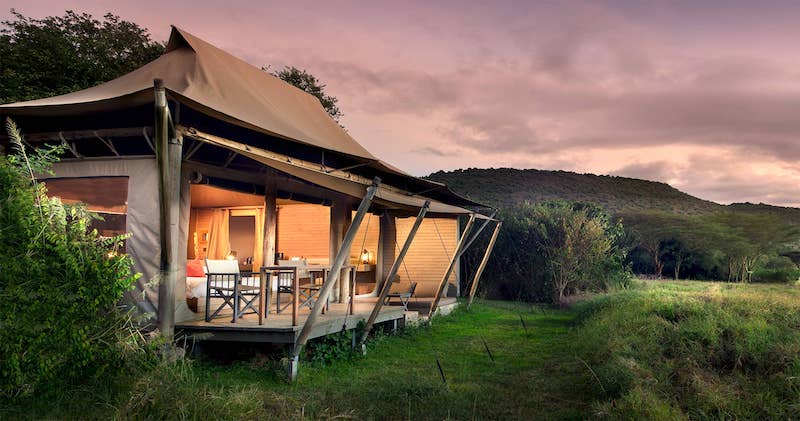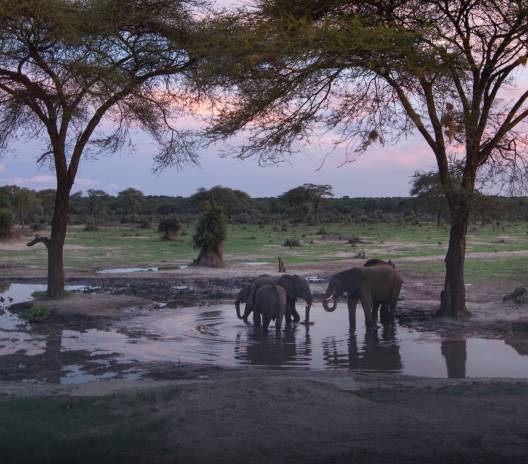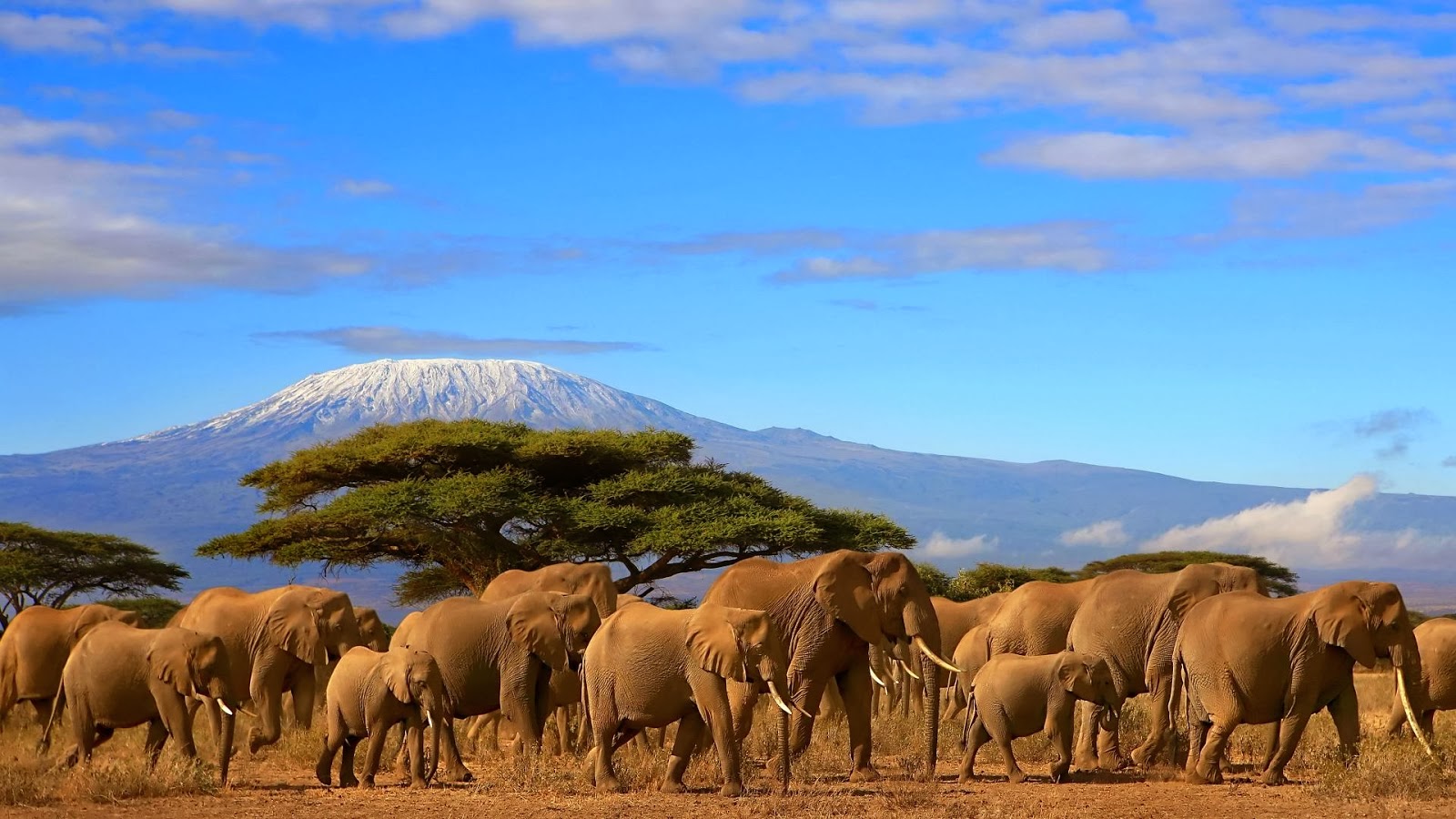Unveiling Africa’s Untamed Beauty: The Best Safari Destinations for 2025
Related Articles: Unveiling Africa’s Untamed Beauty: The Best Safari Destinations for 2025
Introduction
In this auspicious occasion, we are delighted to delve into the intriguing topic related to Unveiling Africa’s Untamed Beauty: The Best Safari Destinations for 2025. Let’s weave interesting information and offer fresh perspectives to the readers.
Table of Content
Unveiling Africa’s Untamed Beauty: The Best Safari Destinations for 2025

Africa, the cradle of humanity, boasts a tapestry of landscapes, cultures, and wildlife that captivates the imagination. The continent’s vast wilderness areas, home to an astonishing diversity of flora and fauna, offer unparalleled opportunities for adventure and discovery. As we approach 2025, these primeval landscapes continue to beckon travelers seeking an authentic and immersive safari experience.
This exploration delves into the best safari destinations in Africa, highlighting the unique attributes that make each location a treasure trove of wildlife encounters and breathtaking natural beauty.
The Serengeti National Park, Tanzania:
The Serengeti, synonymous with the Great Migration, is a spectacle of nature unmatched anywhere in the world. Witnessing the movement of over 1.5 million wildebeest and 250,000 zebra across the plains is a life-altering experience. The park’s diverse ecosystem supports a vast array of predators, including lions, leopards, cheetahs, and hyenas, making it a wildlife photographer’s paradise.
Key Features:
- The Great Migration: An annual spectacle of over 1.5 million wildebeest and 250,000 zebra migrating across the plains, a testament to the circle of life.
- Predator Paradise: Home to a diverse range of predators, including lions, leopards, cheetahs, and hyenas, offering thrilling wildlife encounters.
- Vast Open Plains: The Serengeti’s expansive grasslands provide panoramic views and ample opportunities for spotting wildlife.
Masai Mara National Reserve, Kenya:
Sharing a border with the Serengeti, the Masai Mara offers a unique perspective on the Great Migration, showcasing the dramatic river crossings of the Mara River. Its rich biodiversity, including the iconic "Big Five" (lion, leopard, elephant, rhino, and buffalo), makes it a top choice for wildlife enthusiasts.
Key Features:
- Mara River Crossings: Witness the dramatic river crossings of wildebeest and zebra during the Great Migration, a breathtaking display of nature’s power.
- The Big Five: Home to the "Big Five" game animals, providing exceptional opportunities for viewing these majestic creatures.
- Cultural Immersion: The Masai Mara is home to the Maasai people, offering a glimpse into their traditional way of life and culture.
Chobe National Park, Botswana:
Chobe National Park is renowned for its exceptional elephant populations, with estimates exceeding 120,000 individuals. The park’s diverse habitats, including floodplains, woodlands, and the Chobe River, support an abundance of wildlife, including lions, leopards, and hippos.
Key Features:
- Elephant Paradise: Home to one of the largest elephant populations in Africa, offering incredible opportunities for observing these gentle giants.
- Chobe River: The river provides a stunning backdrop for wildlife viewing, particularly during the dry season when animals congregate for water.
- Diverse Habitats: Chobe’s varied landscapes support a wide range of wildlife, including lions, leopards, hippos, and numerous bird species.
Kruger National Park, South Africa:
Kruger National Park, one of the largest game reserves in Africa, boasts a remarkable concentration of wildlife. The park’s diverse habitats, ranging from savannah grasslands to riverine forests, support a remarkable array of species, including the Big Five, as well as cheetah, wild dog, and numerous bird species.
Key Features:
- Biodiversity Hotspot: Home to a remarkable diversity of wildlife, including the Big Five, cheetah, wild dog, and a vast array of bird species.
- Self-Drive Safaris: Visitors can explore the park at their own pace by self-driving, offering a unique and intimate safari experience.
- Luxury Lodges: Kruger National Park offers a wide range of accommodation options, from luxury lodges to budget-friendly camps.
Etosha National Park, Namibia:
Etosha National Park is renowned for its unique landscape, featuring a vast salt pan that attracts wildlife during the dry season. The park boasts a diverse ecosystem, home to a wide range of animals, including elephants, lions, leopards, and black rhinos.
Key Features:
- Etosha Pan: The vast salt pan creates a unique landscape and serves as a vital water source for wildlife during the dry season.
- Wildlife Viewing: Etosha offers excellent opportunities for wildlife viewing, with animals congregating at waterholes and around the salt pan.
- Unique Landscape: The park’s distinctive landscape, featuring open plains, woodlands, and the Etosha Pan, creates a visually stunning backdrop for wildlife encounters.
Okavango Delta, Botswana:
The Okavango Delta, a UNESCO World Heritage Site, is a vast network of waterways, islands, and lagoons that create a unique ecosystem. The delta’s rich biodiversity supports a wide range of wildlife, including elephants, lions, leopards, and hippos.
Key Features:
- Water Paradise: The Okavango Delta is a network of waterways, islands, and lagoons, offering a unique and scenic safari experience.
- Wildlife Diversity: The delta’s rich ecosystem supports a wide range of wildlife, including elephants, lions, leopards, hippos, and numerous bird species.
- Mokobe Water Safaris: The delta’s waterways are ideal for mokoro (traditional canoe) safaris, offering a tranquil and intimate wildlife encounter.
Ngorongoro Crater, Tanzania:
Ngorongoro Crater, a UNESCO World Heritage Site, is a geological wonder that houses a diverse ecosystem within its rim. The crater’s rich grasslands and forests support a significant population of wildlife, including lions, elephants, black rhinos, and leopards.
Key Features:
- Geological Wonder: The Ngorongoro Crater is a collapsed volcano, creating a natural enclosure for a diverse ecosystem.
- Wildlife Concentration: The crater’s confined space leads to a high concentration of wildlife, offering exceptional viewing opportunities.
- Black Rhinos: The crater is home to a significant population of black rhinos, making it a crucial conservation site.
Queen Elizabeth National Park, Uganda:
Queen Elizabeth National Park, renowned for its diverse landscapes and abundant wildlife, offers a unique safari experience. The park’s diverse habitats, including savannah grasslands, forests, and volcanic craters, support a wide range of animals, including elephants, lions, leopards, and chimpanzees.
Key Features:
- Chimpanzee Tracking: The park offers opportunities to track chimpanzees in their natural habitat, providing an unforgettable encounter with these intelligent primates.
- Diverse Habitats: Queen Elizabeth National Park boasts a diverse range of habitats, supporting a wide variety of wildlife.
- Birdwatching Paradise: The park is a haven for birdwatchers, with over 600 bird species recorded, including the iconic shoebill stork.
Lake Manyara National Park, Tanzania:
Lake Manyara National Park, known for its scenic beauty and unique wildlife encounters, is a must-visit for safari enthusiasts. The park’s diverse habitats, including the alkaline Lake Manyara, acacia woodlands, and lush forests, support a wide range of animals, including elephants, lions, leopards, and a large population of flamingos.
Key Features:
- Lake Manyara: The alkaline lake is a significant attraction, known for its large flocks of flamingos and other bird species.
- Tree-Climbing Lions: Lake Manyara is famous for its tree-climbing lions, a unique behavior observed in this region.
- Scenic Beauty: The park’s diverse landscapes, including the lake, woodlands, and forests, create a visually stunning backdrop for wildlife viewing.
These destinations represent just a glimpse into the vast array of safari experiences available across Africa. Each region boasts its own unique charm, offering a tapestry of wildlife encounters, cultural immersion, and breathtaking natural beauty.
FAQs
Q: What is the best time of year to go on safari in Africa?
A: The best time to go on safari in Africa varies depending on the destination and the specific wildlife you wish to see. However, the dry season, typically from June to October, is generally considered the best time for most areas, as wildlife congregates around water sources and visibility is excellent.
Q: What are the essential items to pack for a safari?
A: Essential items for a safari include comfortable walking shoes, light and breathable clothing, a hat, sunscreen, insect repellent, binoculars, a camera with a good zoom lens, and a first-aid kit.
Q: What is the best way to get around on safari?
A: The best way to get around on safari depends on the specific destination and your preferences. Options include game drives in 4×4 vehicles, walking safaris, boat safaris, and hot air balloon safaris.
Q: What are the best safari lodges in Africa?
A: Africa offers a wide range of safari lodges, from luxury camps to budget-friendly options. The best lodge for you will depend on your budget, preferences, and the specific destination you choose.
Q: What are the ethical considerations when going on safari?
A: Ethical considerations when going on safari include choosing reputable tour operators, respecting wildlife, minimizing your environmental impact, and supporting conservation efforts.
Tips
- Book your safari in advance, especially during peak season.
- Pack light and comfortable clothing, suitable for both hot and cool weather.
- Bring binoculars and a camera with a good zoom lens for wildlife photography.
- Respect wildlife and maintain a safe distance.
- Choose reputable tour operators with a strong commitment to sustainability and conservation.
- Support local communities by purchasing souvenirs and participating in cultural activities.
Conclusion
Africa’s untamed beauty, characterized by its diverse landscapes and abundant wildlife, continues to beckon travelers seeking an authentic and immersive safari experience. From the iconic Great Migration in the Serengeti to the breathtaking landscapes of the Okavango Delta, each destination offers a unique and unforgettable adventure. By choosing reputable tour operators, respecting wildlife, and supporting conservation efforts, travelers can contribute to the preservation of this incredible continent’s natural heritage. As we look towards 2025, these primeval landscapes remain a testament to the enduring power and beauty of the natural world.






/family-watching-elephants-503882029-590e22613df78c928308b49a.jpg)
Closure
Thus, we hope this article has provided valuable insights into Unveiling Africa’s Untamed Beauty: The Best Safari Destinations for 2025. We hope you find this article informative and beneficial. See you in our next article!

